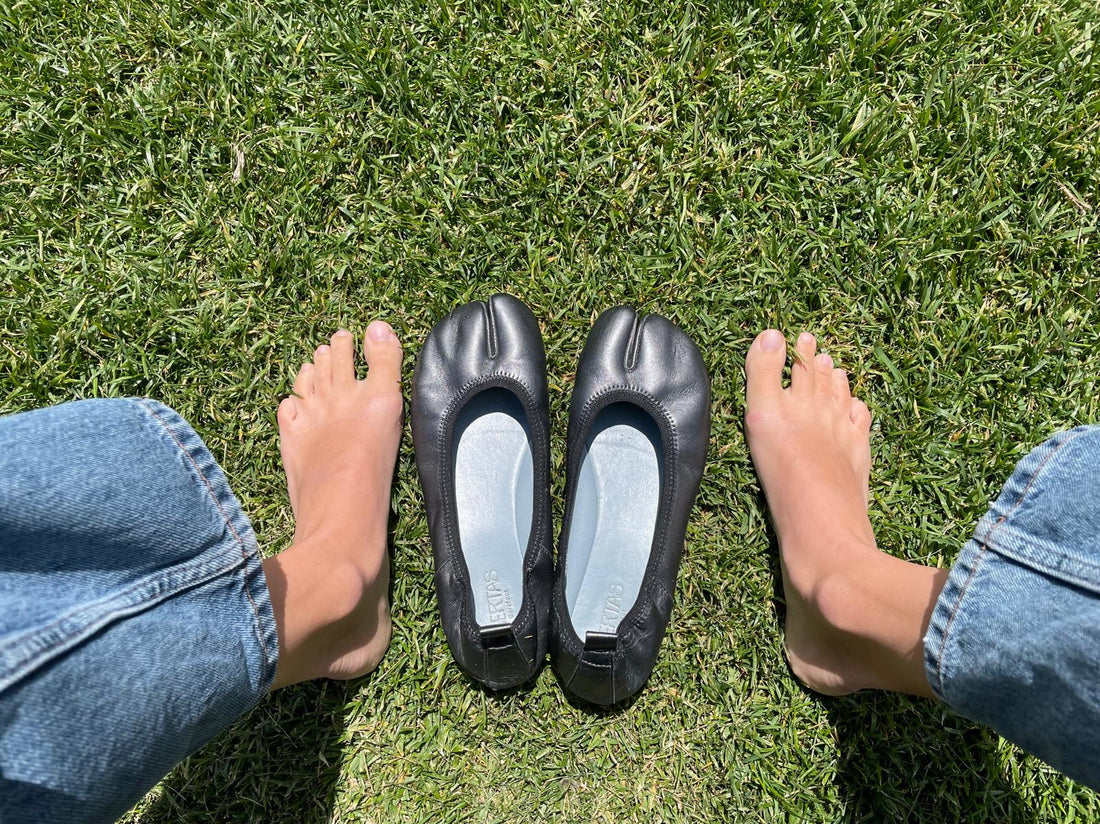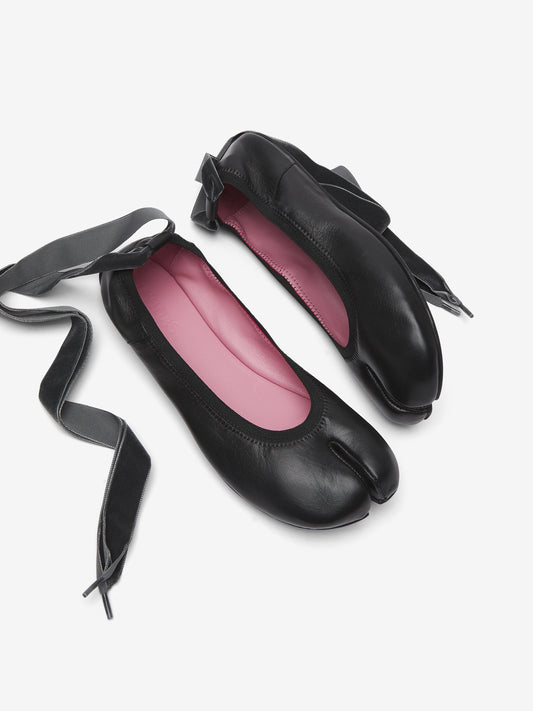
Differences between barefoot and grounding
Share
Although they’re different concepts, both barefoot and grounding share a common foundation: going barefoot.
Barefoot seeks to restore the natural use of the foot, allowing free, unrestricted movement—unlike conventional footwear, which tends to restrict and limit its function. It’s based on principles of biomechanics, neurostimulation, and muscular strengthening.
Key benefits:
- Improves foot sensitivity to the environment.
- Stimulates foot muscles, strengthening their structure.
- Promotes better posture and more natural movement patterns.
Grounding or earthing refers to direct contact between the foot and the Earth’s surface, aiming to absorb free electrons. It’s based on bioelectric principles and is considered an energy-based wellness practice.
Underlying principle: the Earth has a constant negative charge. When we touch it directly (barefoot or via conductors), electrons flow into the body. This has been associated with benefits such as:
- Reduced inflammation and stress.
- Improved sleep and decreased anxiety.
- Better regulation of the autonomic nervous system.
Did you know there’s both barefoot footwear and grounding footwear?
While barefoot shoes (also known as minimalist or respectful shoes) and grounding shoes may share some features, they are not the same.
Barefoot shoes are designed to mimic the experience of walking barefoot, while still providing protection from injury or rough surfaces.They have thin, flexible, completely flat soles (zero drop), and wider toe boxes than conventional shoes—meaning, foot-shaped. This design promotes freedom of movement, terrain sensitivity, and strengthens feet and legs. They have no cushioning or arch support.
On the other hand, grounding shoes are designed to allow Earth’s electrons to flow into the body through conductive materials in the soles, such as copper, carbon, steel, silver, or leather.
While many grounding shoes also follow a barefoot design, not all do. Conversely, most barefoot shoes on the market are not grounding: their rubber soles act as insulators rather than conductors, meaning they don’t provide grounding benefits unless specifically designed with conductive materials.
In summary, Barefoot and Grounding are complementary practices offering different benefits: one strengthens the body from a mechanical foundation, the other seeks harmony with nature from an energetic perspective. Both invite us to reconnect with our most essential biology.
More information: https://pubmed.ncbi.nlm.nih.gov/22757749/
References
Chevalier, G., & Sinatra, S. T. (2012). Emotional stress, heart rate variability, grounding, and improved autonomic tone: clinical applications. Integrative Medicine: A Clinician’s Journal, 11(3), 8–12. PubMed
Chevalier, G., Sinatra, S. T., Oschman, J. L., Sokal, K., & Sokal, P. (2012). Earthing: health implications of reconnecting the human body to the Earth’s surface electrons. Journal of Environmental and Public Health, 2012, 291541. doi:10.1155/2012/291541 PubMed
Robbins, S. E., Gouw, G. J., & Hanna, A. M. (1988). Running-related injury prevention through barefoot adaptations. Medicine and Science in Sports and Exercise, 20(5), 479–488. doi:10.1249/00005768-198810000-00005 PubMed





